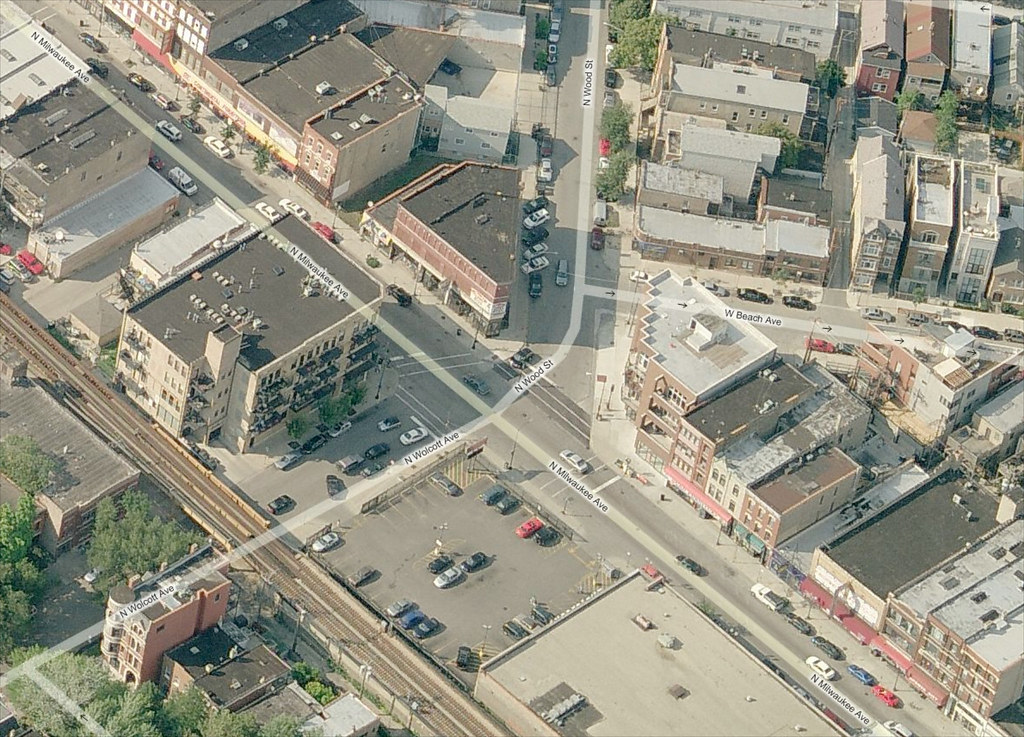[flickr]photo:6967529270[/flickr]
Although it’s hard to see, there’s a button-activated, signalized crosswalk located between the first planter median and the jersey wall.
[This piece also runs in Time Out Chicago magazine.]
Q: There’s a working stoplight on Clark south of Roosevelt, that doesn’t seem to have any purpose or function. What’s the deal with this vestigial traffic light?
A: The Chicago Department of Transportation (CDOT) installed this signal during the 2004 rehab of the Clark/Roosevelt intersection, when the Clark underpass was built, says spokesman Pete Scales. The stoplight was included for a future access road to a housing development planned for the vacant land southwest of the intersection. “That massive redevelopment project never got off the ground,” Scales says. “At this point it might take more money to remove the stoplight than leave it in.” Continue reading Why is there a “vestigal” stoplight just south of Clark/Roosevelt?
